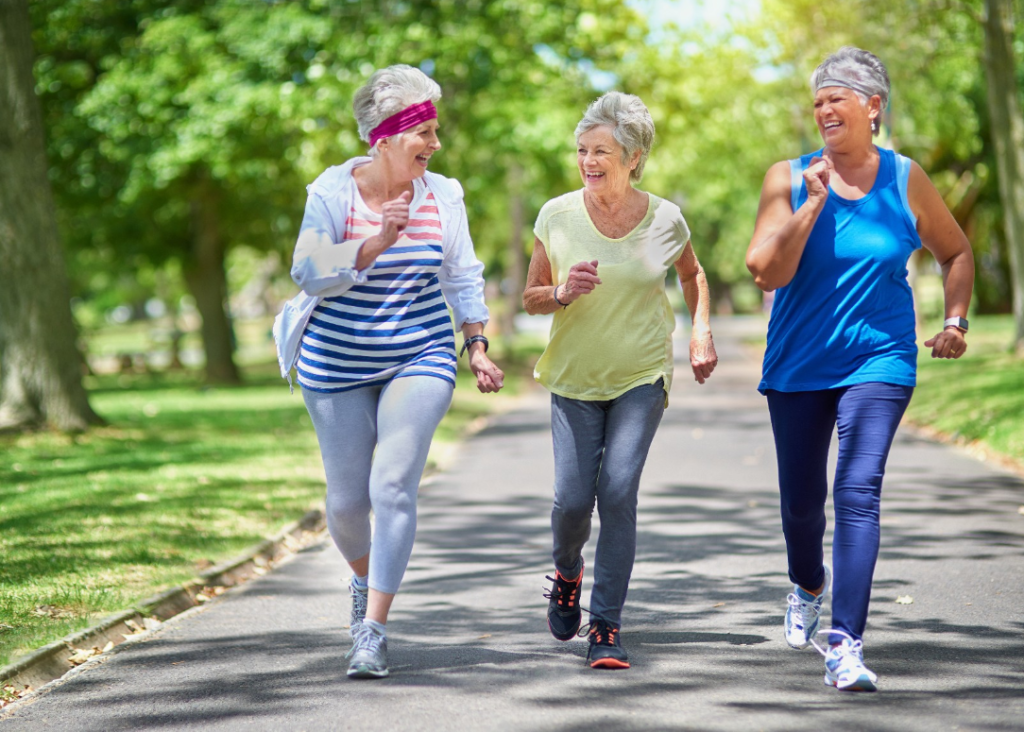Have you ever wondered how fitness should be tailored to women of different ages and stages? Women’s health and fitness are a major concern in this dynamic age. I’m going to give you a fitness guide that will help you stay in shape in every decade.
Only 27% of high-school students are able to exercise the recommended 60 minutes per day. Exercise can improve not only physical fitness but also emotional health at this stage. Anxiety disorders affect adolescents most often between the ages of 13 and 17, with girls being particularly affected in their teenage years. Adolescent girls are advised to focus on choosing activities that they enjoy and exercising to improve their mood, self-esteem and promote a healthy image.
20s – Develop healthy habits to reduce the risk of cardiovascular disease
The 20s is a time of personal and professional development. Women at this stage can be busy with their studies, careers, and interpersonal relationships. This makes it difficult for them to maintain healthy eating and exercise habits. Research shows that those who maintain high levels physical activity and healthy behaviors at a young stage (such as moderate alcohol intake, healthy diet and not smoking), have a reduced risk of heart disease in midlife.

Focus on Bone Health
Osteoporosis, the leading cause of bone fractures among women over 50 years old, is a common condition. Even though it is typically diagnosed in the 50s and 60s, bone loss begins as early as 30s. After age 30, women reach their peak bone mass. Bone resorption then begins to exceed new bone formation. Women in their 30s are advised to include exercises that promote bone strength, such as resistance exercise and weight-bearing aerobic activity.
40s: Resistance Exercises Can Prevent Muscle Loss Related to Age
Around the age of 40, muscle strength and mass begin to decline. This happens at a rate around 5 pounds per decade. This loss of muscle can reduce functional ability, cause unwanted weight gain and musculoskeletal issues such as low back problems. Research shows that recreational athletes aged 40-81 don’t experience significant declines in total muscle mass and strength with age, if they train 4 to 5 days a week.
Exercise to Maintain Health During Menopause

In the United States, cardiovascular disease is the leading cause for death and disability in both men and woman. Women’s risk for heart disease and heart attacks rises significantly after menopause. After menopause, many women lose their active lifestyles. However, maintaining an active lifestyle during this phase can help them achieve optimal wellness.
Your 60s – Stay Active to Prevent Falls
Every year, one in four people aged 65 and older will fall. Women fall more than men. As we age, our ability to maintain balance and react quickly slows down. Women over 65 years old should include balance exercises in their exercise regimens to reduce their risk for falls.
It’s never too late for you to start exercising. Exercise can help women in their 70s or 80s maintain their functional ability. Prioritizing exercises that mimic everyday activities improves quality of life.
Exercise is beneficial to health at all stages of life. Make exercise a priority, whether you are 19 or 99.

